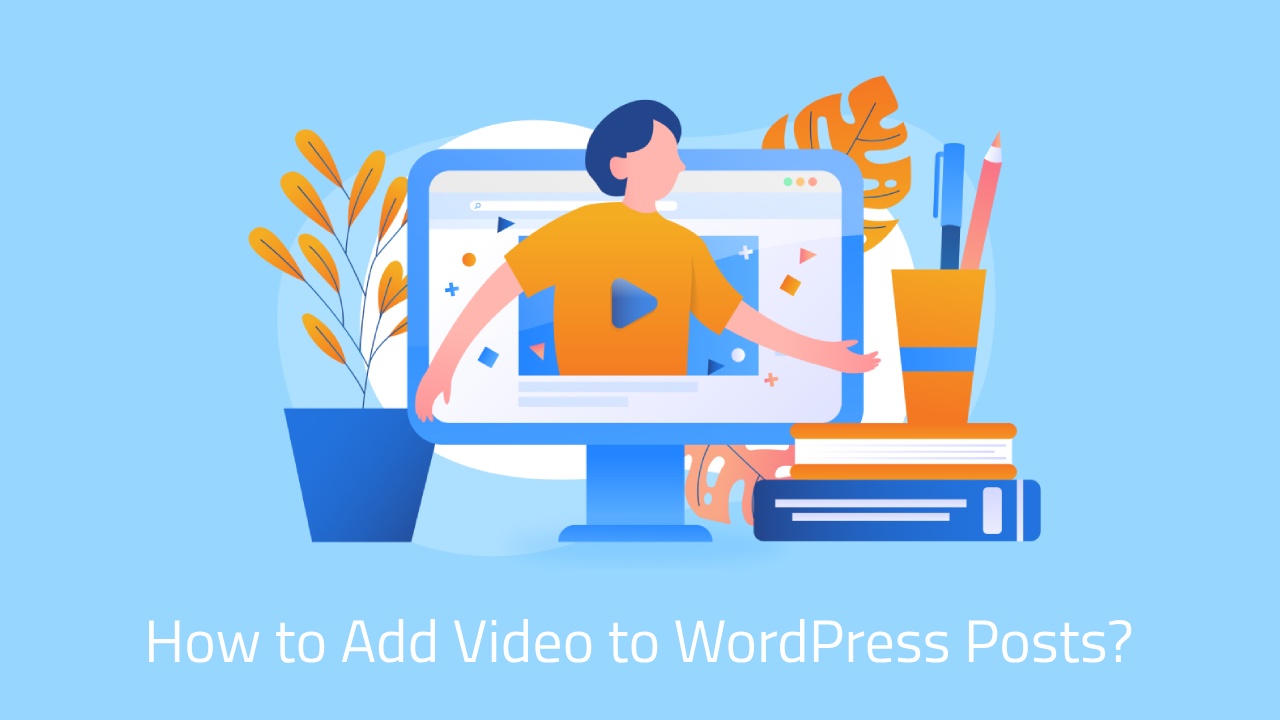In today’s digital age, visual content has become an essential part of online communication. Adding videos to your WordPress posts can greatly enhance your content, engage your audience, and convey your message effectively. Whether you’re a blogger, marketer, or simply want to share your experiences, this guide will walk you through the steps of seamlessly integrating videos into your WordPress posts.
Introduction
In a world driven by visual experiences, incorporating videos into your WordPress posts can significantly elevate your content’s engagement levels. Videos not only make your posts more visually appealing but also provide an opportunity to convey complex ideas in a more accessible and entertaining manner.
Why Add Videos to WordPress Posts?
Videos have the power to capture attention and convey information quickly. They engage both visual and auditory senses, making it easier for your audience to grasp the message you’re trying to convey. Furthermore, videos are more likely to be shared across social media platforms, increasing the reach of your content and driving more traffic to your website.
Choosing the Right Video Hosting Platform
Before you can add a video to your WordPress post, you’ll need to host it on a video hosting platform. Popular choices include YouTube, Vimeo, and Wistia. Choose a platform that aligns with your content’s purpose and target audience.
Uploading Videos to Your Hosting Platform
After selecting a hosting platform, create an account and upload your video. Make sure to choose the appropriate privacy settings and add relevant metadata to improve discoverability.
Obtaining the Video Embed Code
Once your video is uploaded, you’ll need to obtain the embed code. This code allows you to seamlessly integrate the video into your WordPress post.
Adding Videos Using the WordPress Block Editor
In the WordPress Block Editor, you can easily add videos by using the “Embed” block. Paste the embed code you obtained from your hosting platform, and the video will appear within your post.
Customizing Video Display
WordPress allows you to customize the video’s display settings. You can adjust the dimensions, alignment, and even enable autoplay or loop options.
Ensuring Mobile Responsiveness
With the majority of internet users accessing content on mobile devices, it’s crucial to ensure that your videos are responsive and can be properly viewed on smartphones and tablets.
Enhancing SEO for Video Content
To make your videos more discoverable, optimize them for search engines. Use relevant keywords in your video title, description, and tags. Additionally, consider creating a video sitemap to improve indexing.
Engaging Thumbnails and Featured Images
Thumbnails are the first thing users see before playing a video. Create eye-catching thumbnails that accurately represent your video’s content and entice users to click and watch.
Utilizing Video Plugins for Advanced Features
WordPress offers a range of plugins that can enhance your video content. These plugins can help with video analytics, interactive elements, and even integrations with email marketing platforms.
Embedding Video Playlists
If you have a series of related videos, consider creating a video playlist. This keeps users engaged on your site for a longer period, increasing the likelihood of them exploring more of your content.
Optimizing Video Placement Within Your Content
Strategically place your videos within your post to complement the text. Videos can serve as visual aids to reinforce key points or demonstrate concepts that are difficult to explain in writing alone.
Video Accessibility and Closed Captions
Accessibility is essential. Provide closed captions for your videos to make your content more inclusive and accommodate users with hearing impairments.
Monitoring Video Performance
After adding videos to your WordPress posts, monitor their performance. Track metrics such as views, engagement rates, and conversion rates to understand how your audience interacts with your video content.
FAQs
Currently, WordPress doesn’t provide direct video hosting. It’s recommended to use a video hosting platform and embed the videos into your posts.
Large, high-resolution videos can slow down your website. Optimize your videos for web viewing and consider using lazy loading to improve page speed.
Yes, there are several video plugins available, such as “Video Embed & Thumbnail Generator” and “YouTube Embed Plus,” which offer various features to enhance your video content.
Video SEO helps your videos rank higher in search engine results, making them more discoverable to users searching for relevant content.
Yes, if you’re using platforms like YouTube, you can monetize your videos through ads. However, the monetization options depend on the hosting platform’s policies.
Conclusion
Incorporating videos into your WordPress posts is a dynamic way to engage your audience, communicate your message effectively, and improve your website’s overall user experience. By following the steps outlined in this guide, you’ll be able to seamlessly add videos to your posts and harness the power of visual content.

